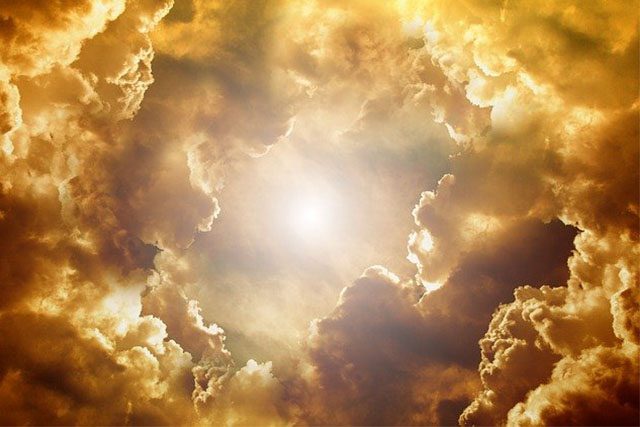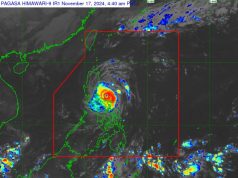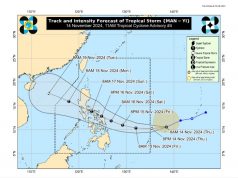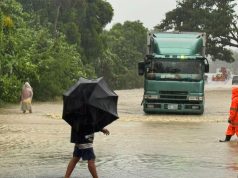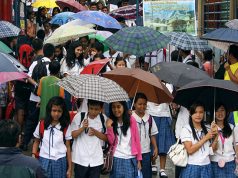After more than a week of experiencing gray skies and heavy rainfall in the metro due to the southwest monsoon, Filipinos basked in the sunshine that briefly peeked from the clouds on Friday afternoon.
The sun made a quick appearance over Metro Manila after 12 days of rainfall and wind gusts from the monsoon that was at first enhanced by tropical cyclone Fabian last week.
Finally , umaraw na rin!!! pic.twitter.com/sxFuR0o5si
— Aliyah (@itzme_ALIYAH) July 30, 2021
Youth-oriented science organization Earth Shaker Philippines also perked up when the sun shone as it shared a satellite image.
THE SUN SHOWED UP!🌞
The clouds temporarily dispersed and let the sunlight shine upon Metro Manila this afternoon. However, as you can see the clouds in areas surrounding NCR, the effect of habagat is not yet over – still expect rains in the coming days. Stay updated and ingat! pic.twitter.com/F8XeTk0RTS
— Earth Shaker PH (@earthshakerph) July 30, 2021
Sun for a while
It noted, however, that the clear skies are temporary “because the rains from habagat are not yet over.”
“Habagat” refers to the southwest monsoon.
LOOK: It's cloudy in the north, east, south, and west – but relatively clear in Metro Manila!🌞
Again, don't forget your umbrella because the rains from habagat are not yet over. We still expect some mostly cloudy skies and occasional rains in the coming days! pic.twitter.com/GoVNEk4P6j
— Earth Shaker PH (@earthshakerph) July 30, 2021
Earlier this month, tropical cyclone Fabian’s slow-moving track caused flash floods in metropolitan streets and other low-lying areas.
ALSO READ: COVID-19 vaccination pushes through in Manila amid flooding due to ‘Fabian.’ habagat
The typhoon left the Philippine Area of Responsibility on July 23 but cloudy skies and occasional rain showers have continuously beset Luzon as an effect of the southwest monsoon.
The Philippine Atmospheric, Geophysical and Astronomical Services Administration describes the southwest monsoon as “warm moist winds from the southwest” that are “causing rains over the western portion of the country.”
This phenomenon happens from May to September.

